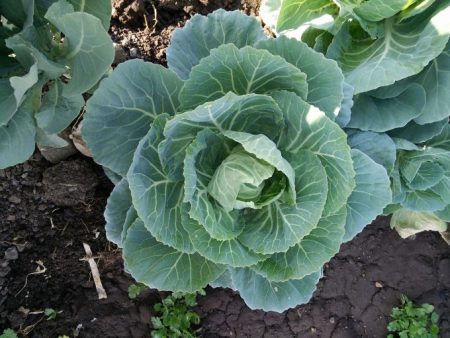 To collect a rich harvest of cabbage requires not only timely feeding, but also to fight pests. This culture was chosen by many pests that infect the root system, devour succulent leaves, and propagate on heads of cabbage. One of the threats that summer residents are forced to fight is the black midge.
To collect a rich harvest of cabbage requires not only timely feeding, but also to fight pests. This culture was chosen by many pests that infect the root system, devour succulent leaves, and propagate on heads of cabbage. One of the threats that summer residents are forced to fight is the black midge.
At the first sign of the appearance of this harmful insect, effective measures should be taken to combat it. It is much more productive to carry out preventive measures against black midges in order to save crops and preserve their labors. Experienced gardeners use chemicals and folk remedies that effectively help eliminate the annoying insect. The use of ready-made chemicals is not always advisable in connection with the desire to get an environmentally friendly product on the table. A number of folk remedies are able to cope with the problem until the end of the season.
Content
What does midge look like on cabbage
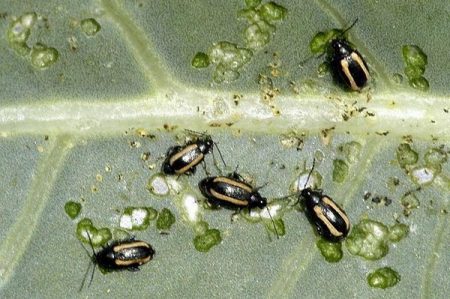
The insect has a different, scientific name - cruciferous flea. For color and size, gardeners called the cabbage pest a black midge. This is one of the most dangerous parasites that can destroy the entire crop of cabbage.
A flea loves for itself not only cabbage beds, but also other cultures - horseradish, turnips, lettuce, radishes. The insect eats leaves, completely eating away the fleshy soft green part, leaving only hard veins. Due to the chaotic movement and active jumps, it seems that insects fly quickly and resemble the behavior of an ordinary midge.
The most safely cruciferous flea feels like a hot, dry summer. You should focus on the weather and take timely measures to prevent or combat black midges.
Due to leaf damage, cabbage significantly slows down its growth and begins to dry out. The consumed leaves fall off and the plant can die completely. A large number of cruciferous fleas can destroy the entire crop within two days. Especially if the invasion occurred during a period of intensive growth or at the stage of setting a head of cabbage.
The use of effective means for the prevention and control of black midges is required, since adult surviving individuals, while maintaining a nutritious food base and favorable conditions, lay larvae that remain for the winter in the upper soil layer. New plantings next year will also be destroyed by these harmful insects.
Causes of midges on cabbage
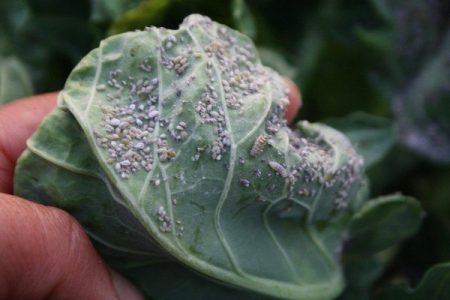
Each summer resident, growing any type of cabbage, should be ready for the appearance of this type of pest. Black midges appear everywhere in good sunny and arid summers. Its larvae can be brought into the garden with manure or humus, as well as wind from nearby meadows or neighboring plots.
It is impossible to protect yourself from the appearance of a cruciferous flea. Only preventive measures will help protect the crop of cauliflower, Beijing or white cabbage, which must be carried out several times a season. Larvae and insects can breed up to 16 times during the warm season. From May to the end of August, a preventive fight against the appearance of black midges should be carried out.
Signs of occurrence
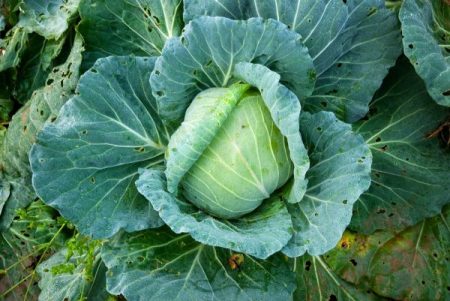
Black midges appear on cabbage at any time during the summer. Signals are:
- small black blotches on cabbage leaves. These are leaf-eating active insects;
- small pests moving between crops, especially in sunny weather;
- small holes on the cabbage leaf.
You should carefully examine the cabbage beds to determine which particular pest is causing damage and immediately take measures to prevent the death of the culture.
Effective folk remedies
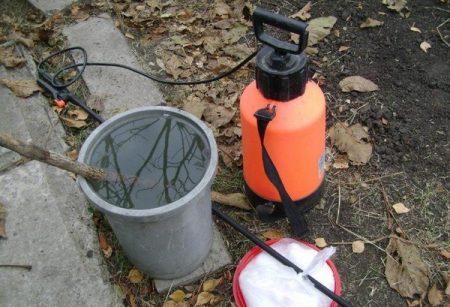
Ready-made chemicals completely eliminate the hassle of pests. It is much more advisable to apply folk methods to get an environmentally friendly and safe crop. Among gardeners, the following remedies have positively proven themselves:
- tobacco dust. This is a finished composition of crushed tobacco, which can be purchased at any garden hardware store. It is inexpensive and absolutely safe to use. To process any type of cabbage from black midges, it is necessary to water abundantly around the crop and spray the plants. The solution is prepared as follows - 500 g of dust are diluted in 10 liters of hot water, thoroughly stirred, cooled and left for a day. Heads of cabbage and the earth are plentifully sprayed;
- a mixture of tobacco dust and wood ash. Plants are sprayed with a solution of hot water (10 l), 500 g of tobacco were and 1000 g of ash. All mix thoroughly and insist for at least 24 hours;
- dust from dried tansy and celandine. Each plant is abundantly sprinkled with the resulting powder, which is obtained from the grinding of dried herbs. It is also used for sprinkling on soil. Each head of cabbage requires at least 10 g of dry matter;
- vinegar essence. An acidic solution is prepared from the following proportions - 2 tablespoons of 70% acetic acid in 5 liters of water or 1 cup of 9% vinegar in 10 liters of water. Water the plants for three days and repeat the procedure thereafter every three days;
- infusion of bitter red pepper. For 1 liter of water take one crushed pod of fresh red pepper. The infusion is kept for several hours, after which they spray the crops;
With a profuse defeat of cabbage with black midges, all recipes should be used daily for 3-5 days and repeated procedures every 5 days.
- essential oil from fir. Prepare a solution for irrigation - 15 drops per 10 liters of water. A pronounced smell will scare away pests;
- bird droppings in the form of a solution. Chicken manure is dissolved in water in the proportion of 1 part of litter to 50 parts of water and soil is spilled;
- a mixture of naphthalene, tobacco dust and sand. The composition is prepared in proportions - 1 part of naphthalene and 5 parts of other components. The resulting mixture is sprinkled with soil on a cabbage bed. For each square meter, at least 30 g of the finished composition is used;
- garlic infusion. For cooking, rub or finely chop two heads of garlic with husk and add to 2 l of water. After insisting for several hours, cabbage is sprayed with infusion;
- dandelion. Dandelion leaves are infused in hot water for 4-5 hours. 500 g of raw material are taken per 10 l of water. The resulting solution is watered and sprayed;
- ready-made adhesive traps that are placed on pegs in the aisles.
The above ways to combat black midges help to effectively deal with the invasion of pests.
Prevention
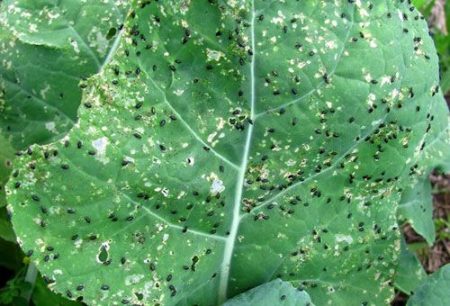
As prophylactic agents, the same compositions are used:
- spraying cabbage every 5 days with a solution of tobacco dust;
- sprinkling soil around the crop with tobacco dust and wood ash before watering or rain;
- processing of row-spacings and soil with powder from dried celandine and tansy. To protect plants during seedling transplantation and its adaptation, the treatment is carried out once every three days;
- watering every three days with an acidic solution of acetic acid and water (10 l of water and 200 ml of 9% vinegar or 5 l of water and 2 tbsp. 70% of the essence);
- abundant watering with the addition of fir oil (15 drops per 10 liters of water). Repeat every five days;
- spraying every 5 days with garlic infusion (2 chopped heads of garlic with husk in 2 l of water);
- planting between rows of garlic cabbage;
- growing between cabbage culture of odorous and spicy herbs;
- the use of non-woven fabrics for sheltering seedlings and heads of cabbage;
- regular watering;
- the introduction of phosphorus and potassium fertilizing.
After cutting the cabbage, it is required to dig the soil deep so that the larvae of the pests are buried deep in the soil.
Advice
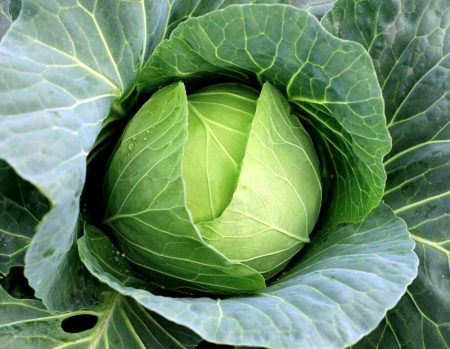
When processing cabbage by folk methods, one must not forget about one's own protection. All work with solutions and mixtures must be carried out in protective clothing. In case of contact with skin or eyes, rinse thoroughly with clean running water.
If the invasion of black midges is not amenable to struggle with folk methods, it is better to purchase ready-made chemicals. Perfectly recommended:
- Actellik. It can be used as a means for prevention, and as a means to combat black midges and other pests. Re-emergence of insects in the same season is not observed. The tool is used in the form of spraying in a proportion of 10 ml of the drug per 10 liters of water.
- Initiative. Finished granular product that mixes with the ground. An effective preventive measure even at the stage of transplanting. Requires 60 g of the drug for every 60 square meters. m of soil.
- Decis Profi. A liquid preparation that is used in the form of an aqueous solution for spraying. For cooking, take 10 liters of water and 0.5 g of the substance. Effective for two weeks. With new appearances of black midges, the procedure must be repeated.
- Lightning. Ready solution, which is applied to each hectare of land at least 100 ml. Effective in the form of spraying. The procedure is repeated only after three weeks with the new appearance of pests of any kind.
- Bankol. The finished chemical product, which is diluted in a ratio of 1 to 2. The resulting solution is sprayed cabbage beds every three weeks. Effective also with weed control.
Use chemicals only if folk methods are ineffective. Better to prevent the emergence of black midges than to deal with adult pests.

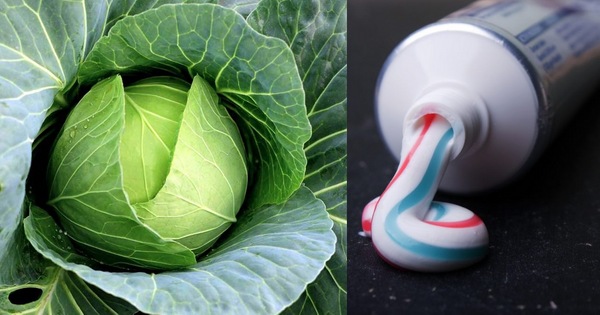
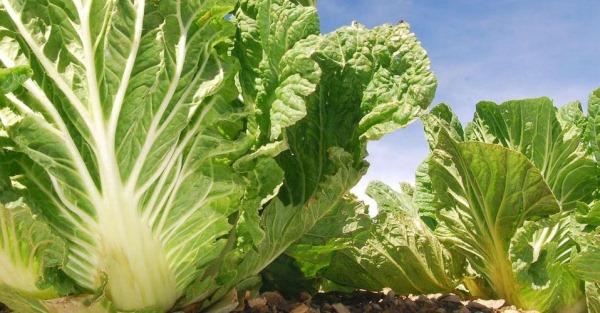
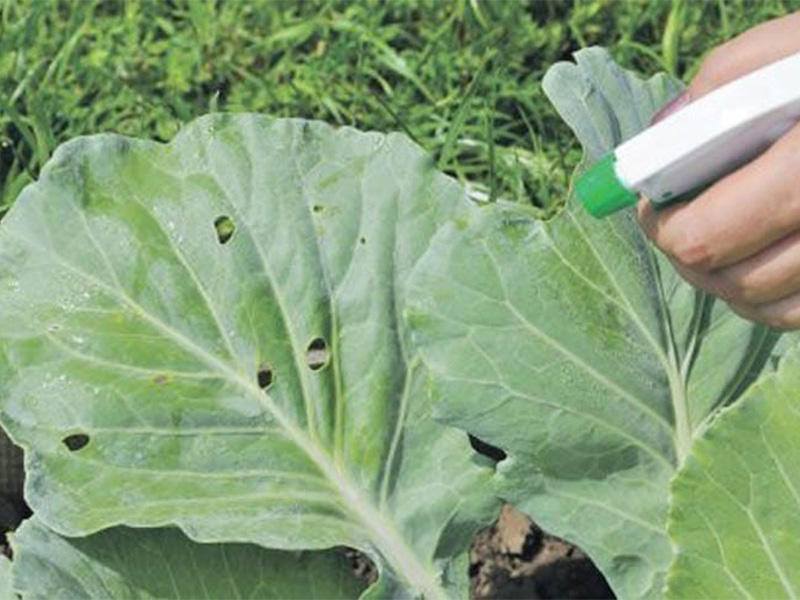
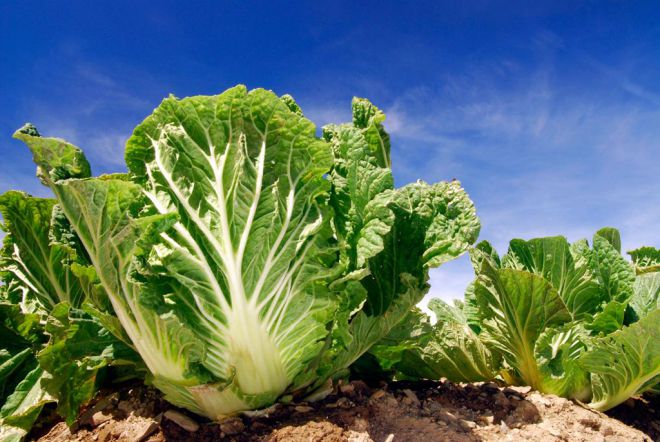 How to grow Chinese cabbage on your site?
How to grow Chinese cabbage on your site?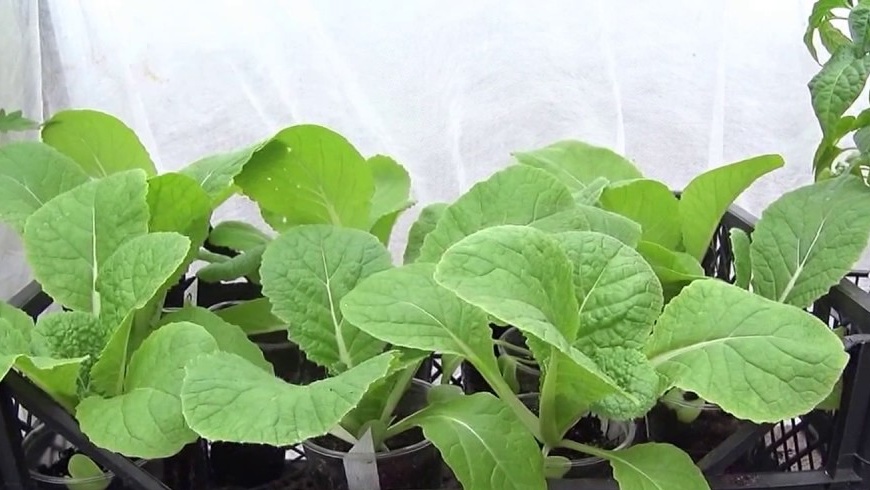 When to plant Chinese cabbage on seedlings in 2024
When to plant Chinese cabbage on seedlings in 2024 When to sow cabbage for seedlings in 2019 on the moon
When to sow cabbage for seedlings in 2019 on the moon Cauliflower: how to grow large snow-white inflorescences
Cauliflower: how to grow large snow-white inflorescences